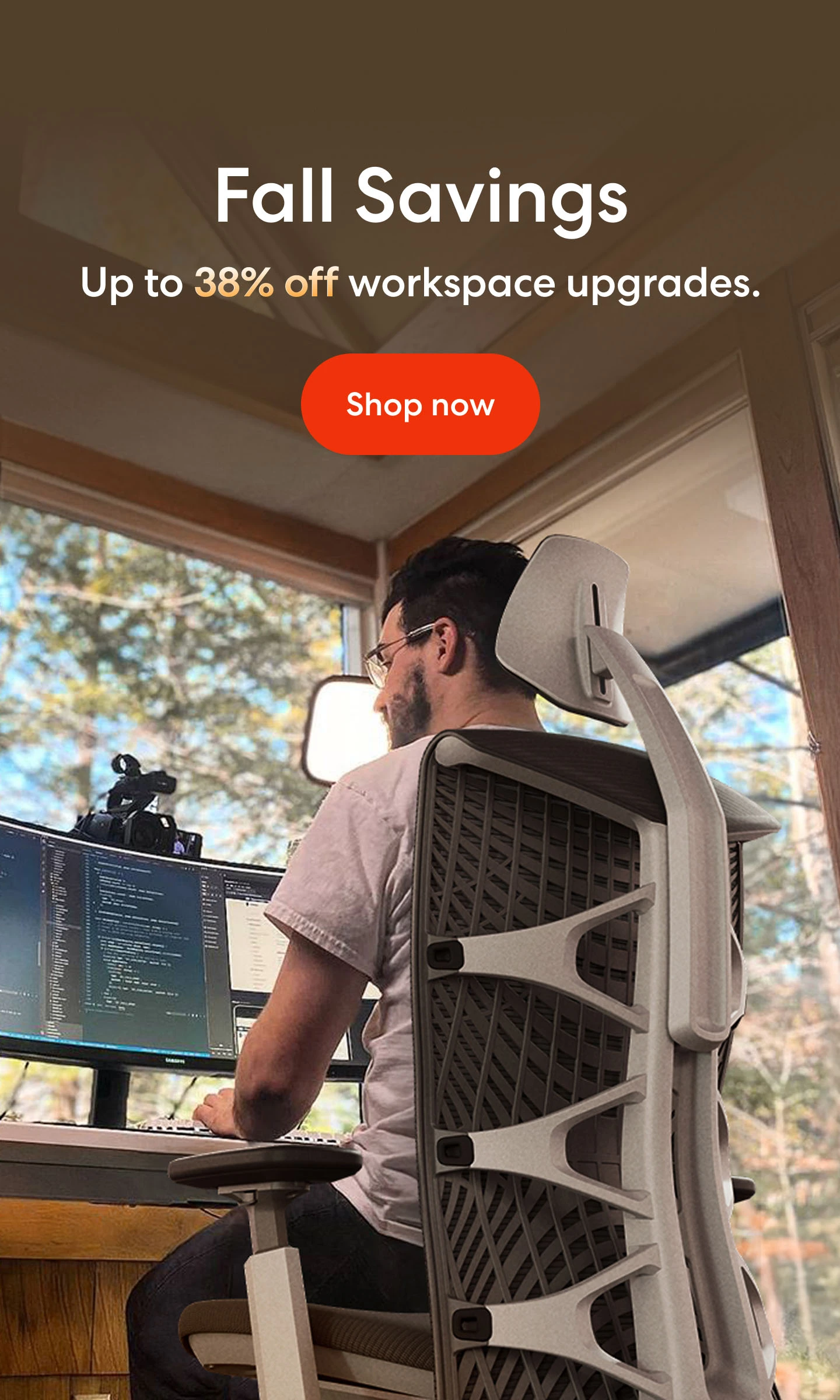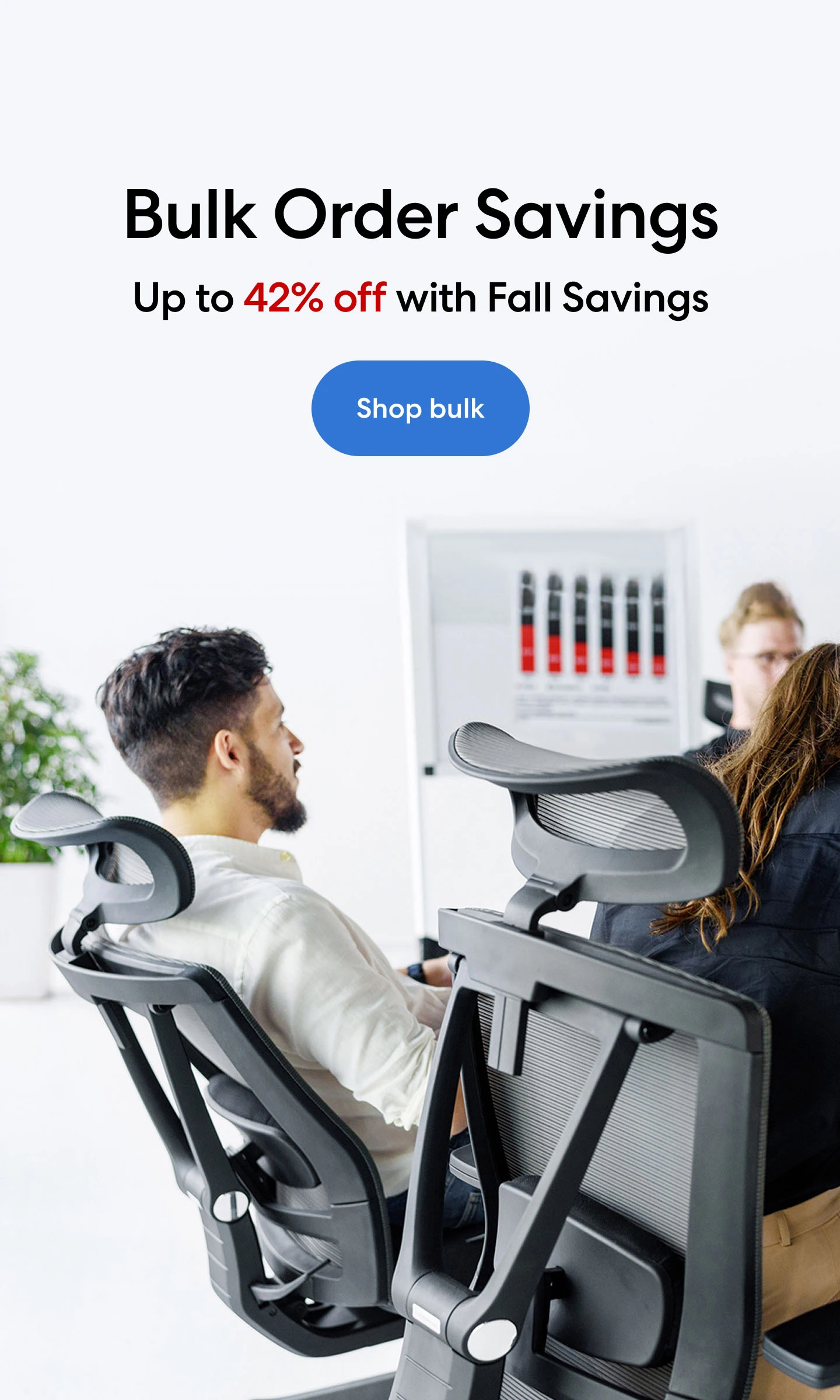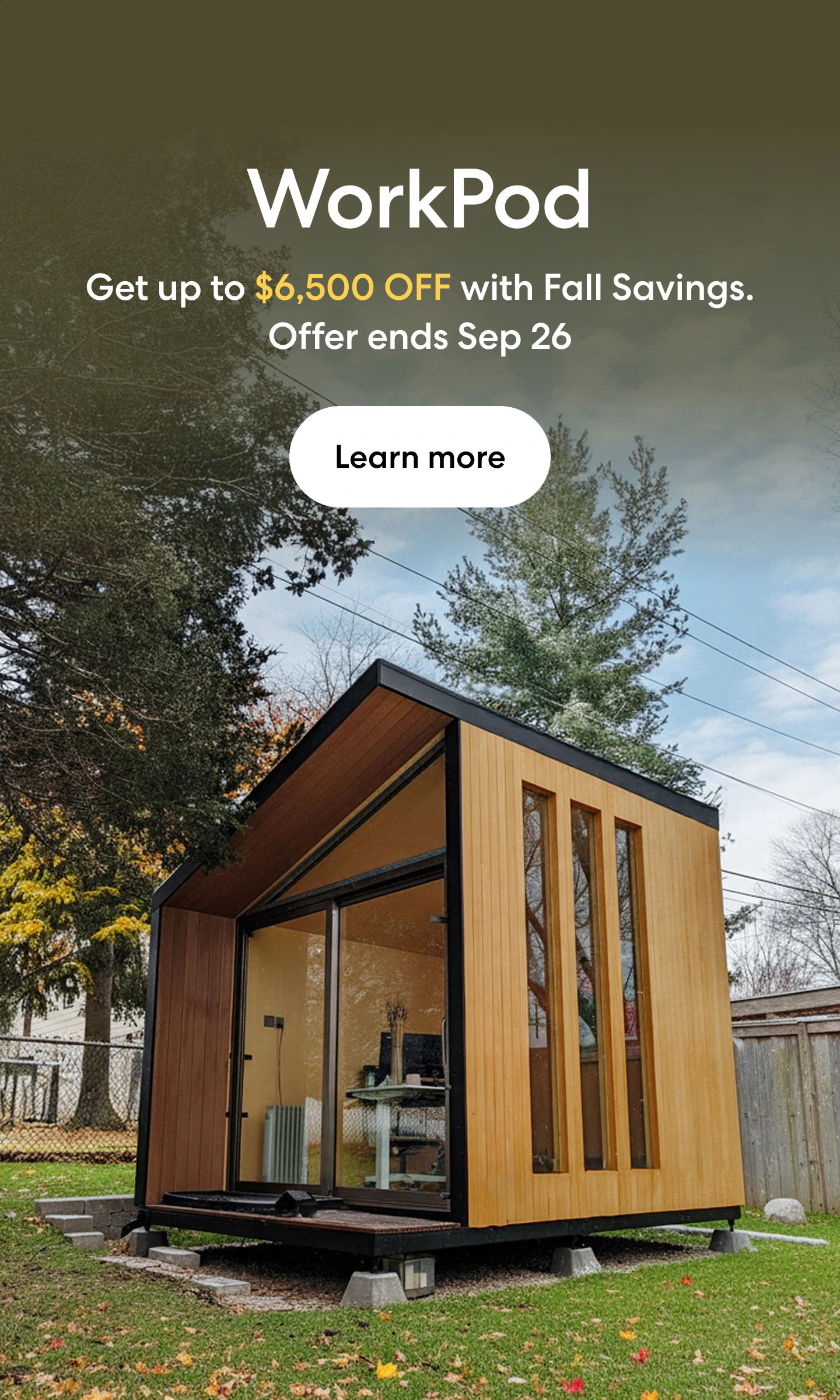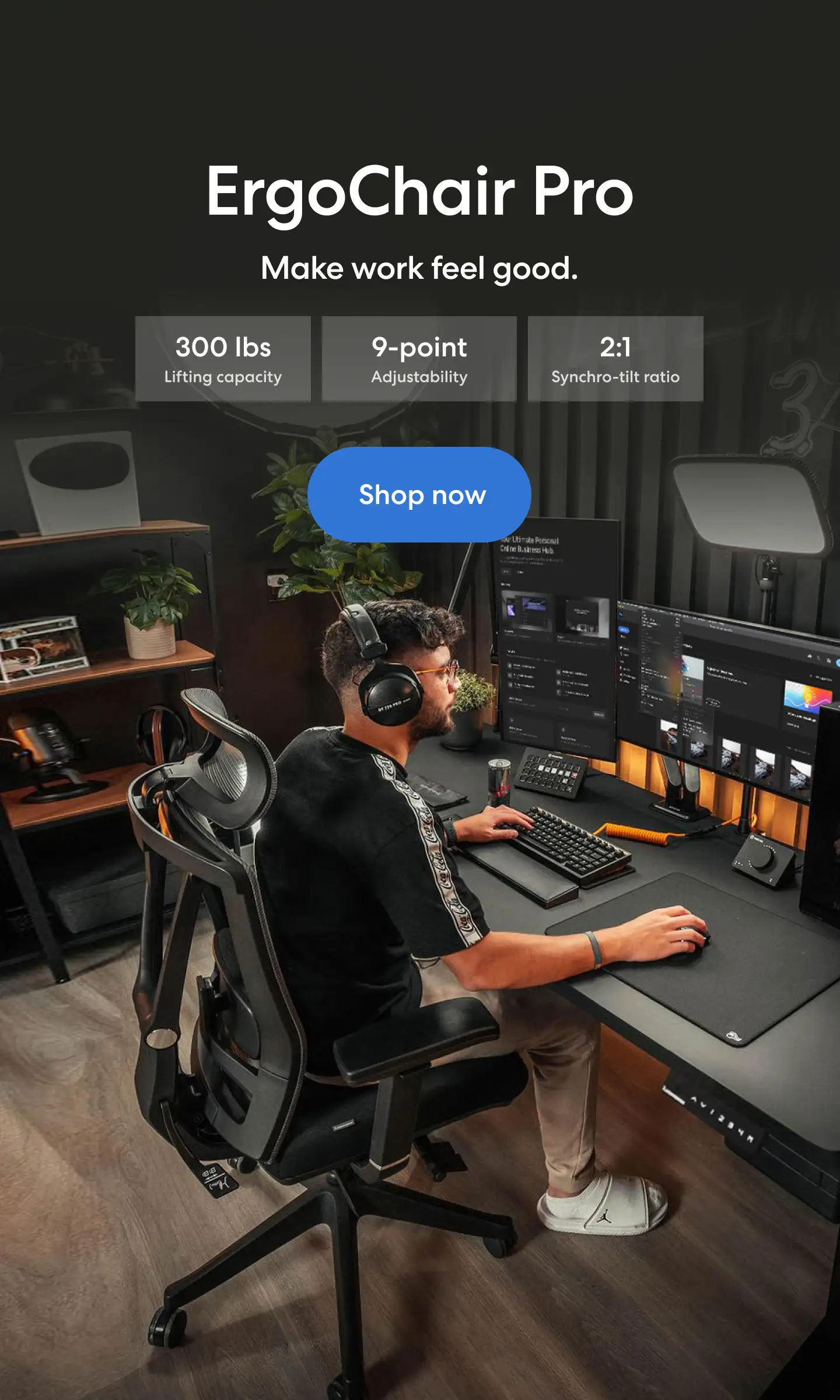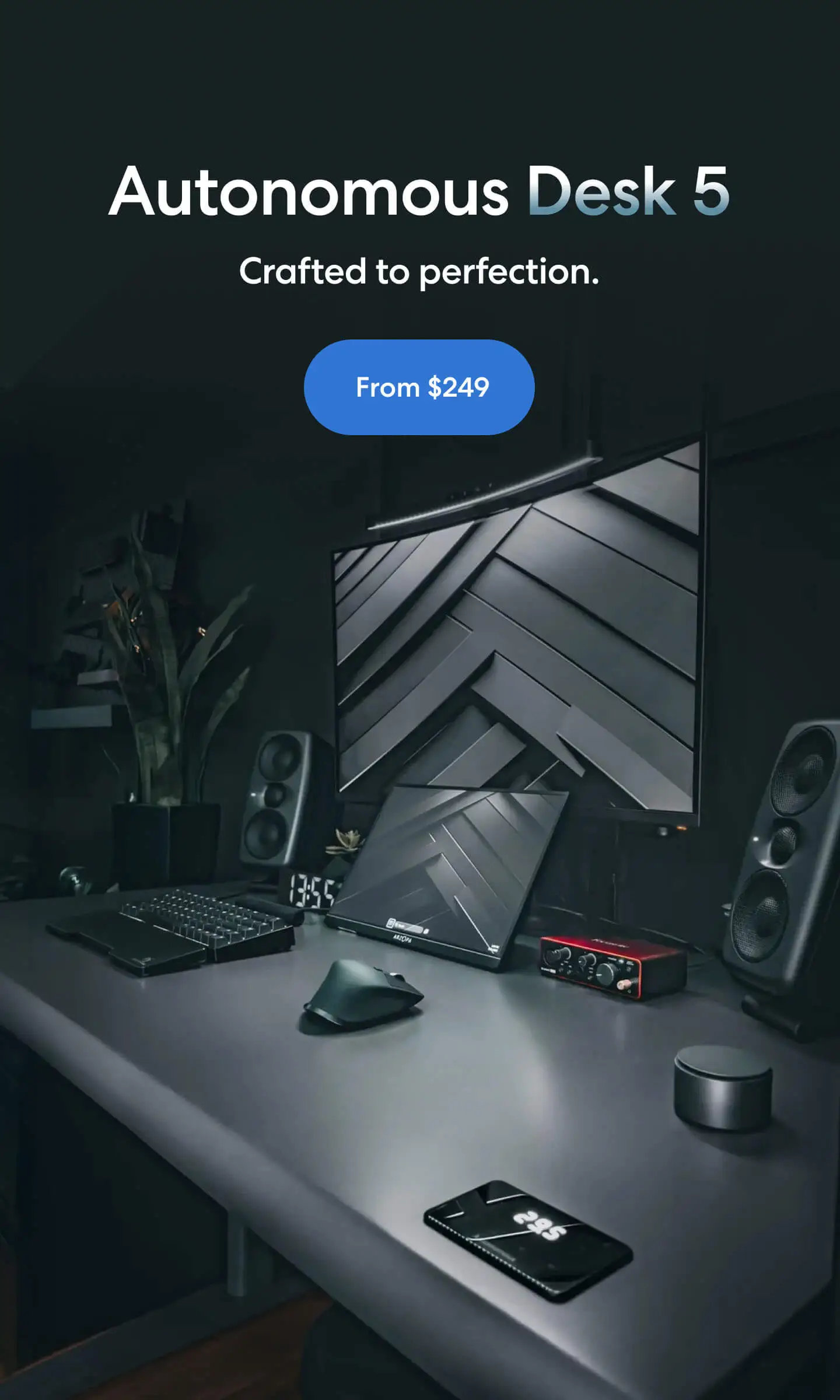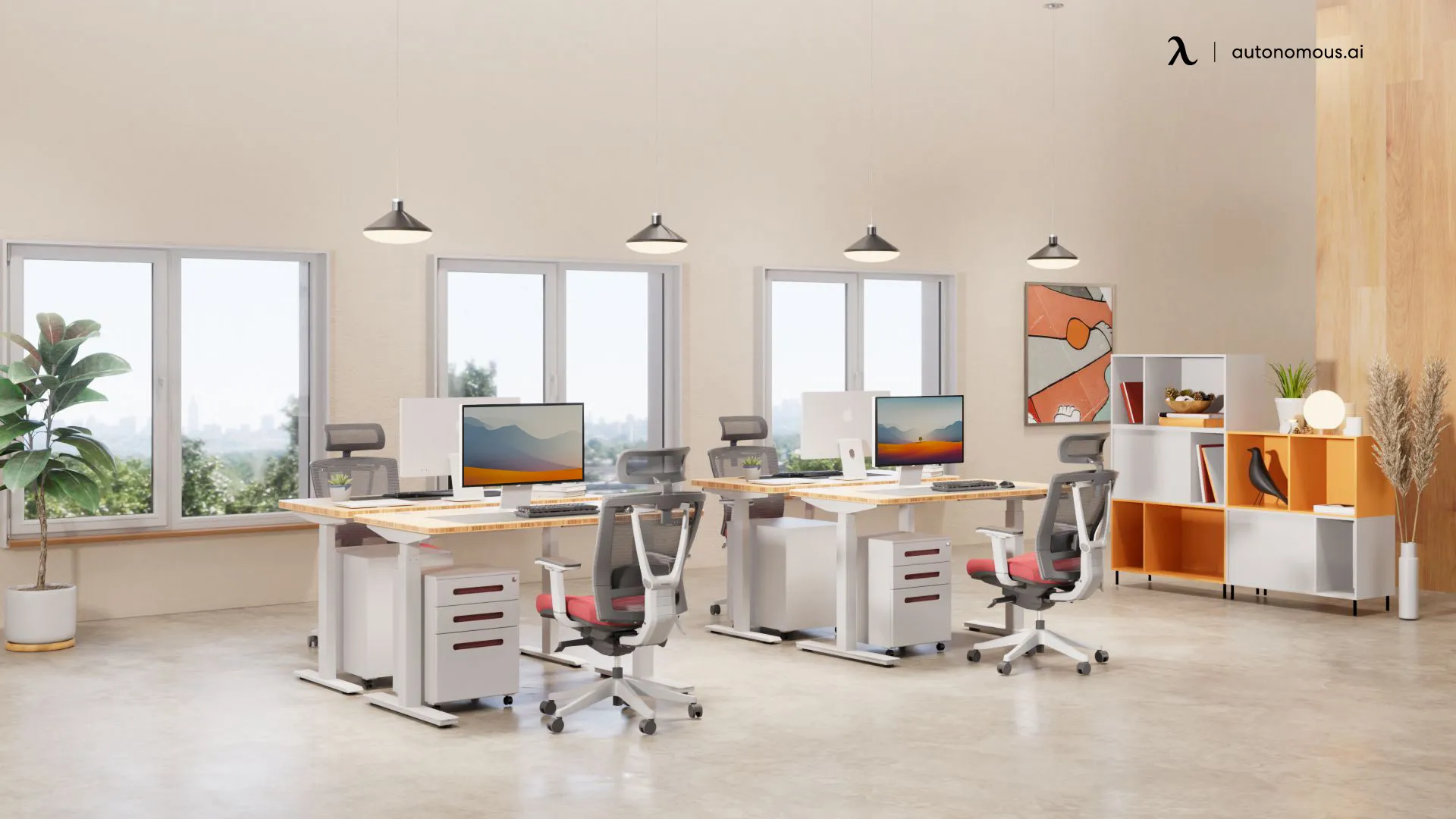
Overhead Lighting vs. Lamps: Which Is Best for Your Office?
Table of Contents
Office lighting plays a crucial role in productivity, comfort, and overall well-being. Poor lighting can lead to eye strain, fatigue, and headaches, especially for those with eye astigmatism. A well-lit workspace, on the other hand, helps improve focus and energy levels, making it easier to stay productive throughout the day.
When setting up an office, two main lighting options come into play: overhead lighting and lamps. Overhead lights provide broad illumination, making them a standard choice for offices, but they can sometimes be too harsh. Lamps, on the other hand, offer softer, adjustable lighting that improves lighting ergonomics for computer users.
The best choice depends on workspace layout, lighting needs, and personal preferences. If you work in a cubicle, choosing the right cubicle lighting can make a significant difference in reducing glare and creating a comfortable atmosphere. For those who spend long hours on a screen, following the 20/20/20 rule is a simple yet effective way to prevent eye fatigue.
This guide will break down the pros and cons of overhead lighting and lamps, helping you find the right balance for your office. The key is to create a lighting setup that supports both comfort and productivity, whether you need general illumination or task-specific lighting. For a deeper dive into how lighting impacts eye health and work efficiency, understanding lighting ergonomics for computer users can help you make more informed choices.
1. Overhead Lighting in Offices
Overhead lighting refers to ceiling-mounted light fixtures designed to illuminate an entire room. This type of lighting is common in offices, conference rooms, and coworking spaces, ensuring a consistent brightness level across a large area.
Overhead lighting is the primary source of illumination in most offices, providing consistent brightness across workspaces. The right choice depends on factors like energy efficiency, aesthetics, and eye comfort. Below are the most common types of overhead lighting used in offices:
1.1. Fluorescent Tube Lights
Fluorescent tube lights have been a staple in office lighting for decades. They provide bright, even illumination that covers a wide area, making them ideal for large offices and conference rooms. However, older fluorescent lights are known for issues like flickering, buzzing sounds, and eye strain, which can lead to discomfort after prolonged exposure.
- Pros: Cost-effective, bright, and suitable for large spaces.
- Cons: Can cause glare, flickering, and headaches in some users.
- Best For: Traditional office settings where affordability and brightness are priorities.
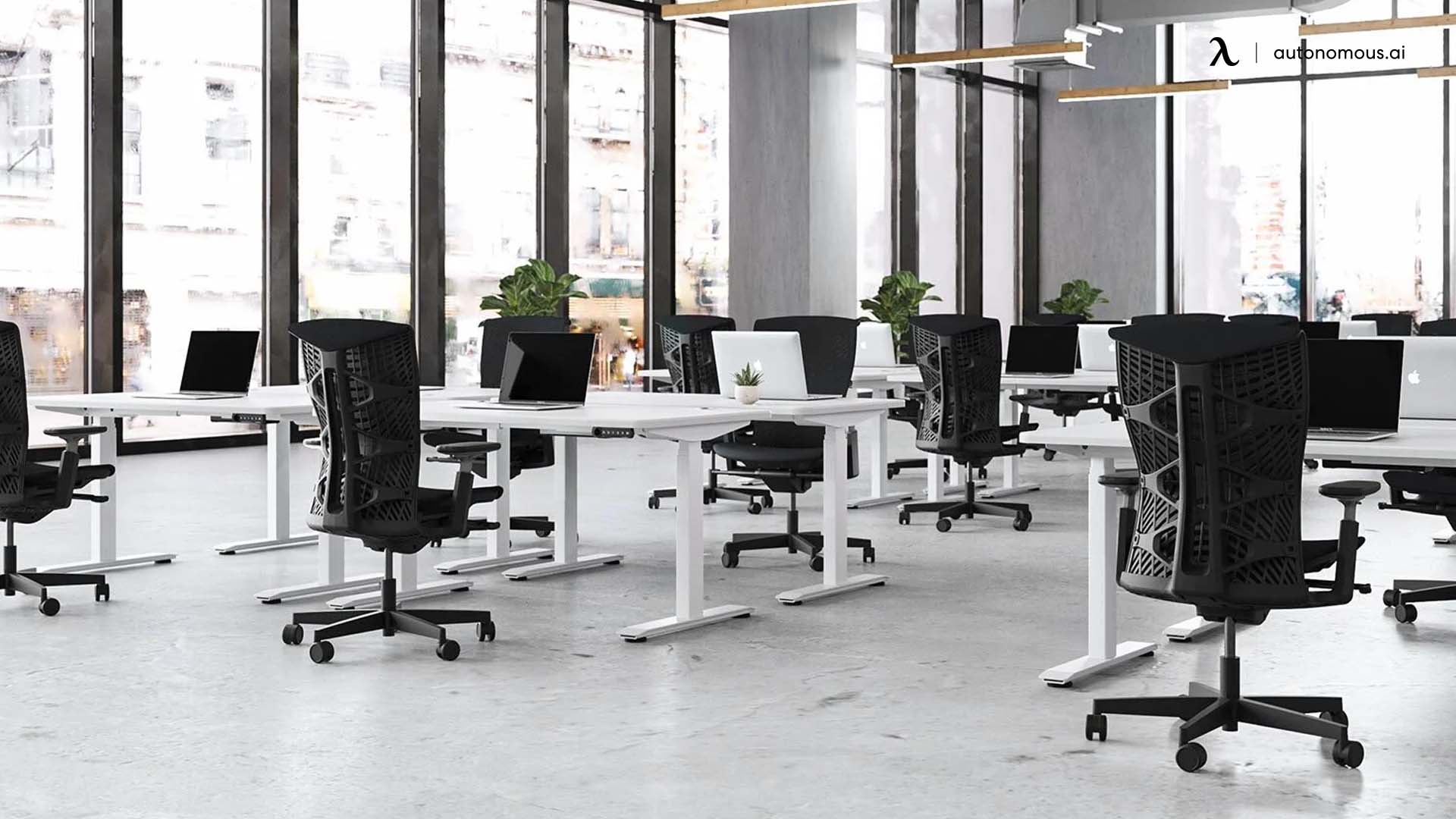
1.2. LED Panels
LED panels are a modern, energy-efficient alternative to fluorescent lights. They offer better longevity, reduced eye strain, and minimal heat emission. Many offices are now switching to LED panels due to their cost savings over time and improved lighting quality.
- Pros: Energy-efficient, long-lasting, and provides consistent illumination.
- Cons: Higher upfront cost but saves money in the long run.
- Best For: Offices looking for a sustainable, comfortable lighting solution.
1.3. Recessed Lighting
Recessed lighting, also known as can lighting, is installed within the ceiling to create a sleek, modern look. It provides a clean and uncluttered aesthetic, making it a popular choice for high-end office designs and coworking spaces.
- Pros: Space-saving, stylish, and provides good general illumination.
- Cons: Installation can be costly and requires proper spacing to avoid dark spots.
- Best For: Modern offices or home workspaces that value a minimalist lighting approach.
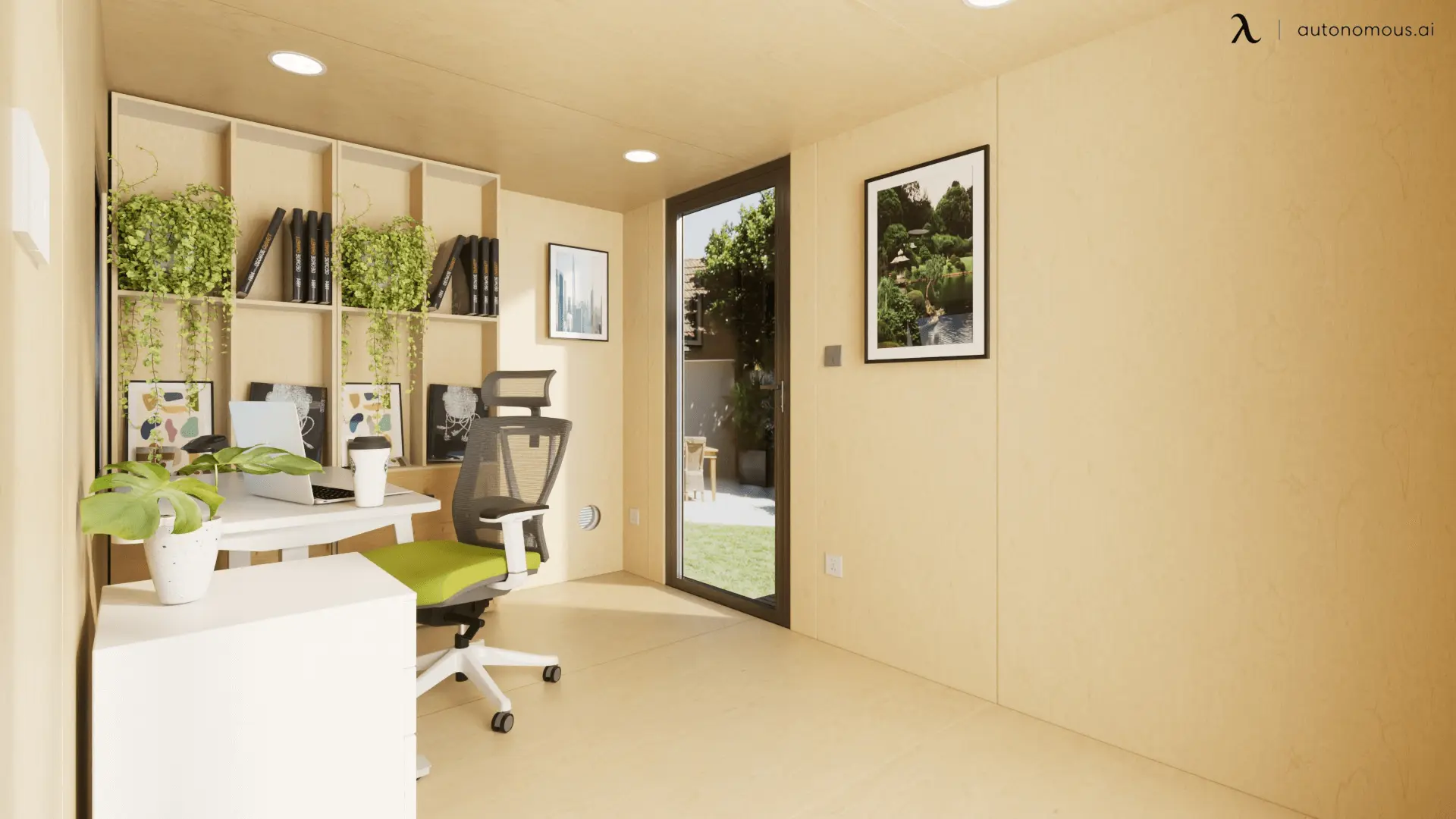
1.4. Pendant Lights
Pendant lights are hanging fixtures that provide both functional and decorative lighting. They are commonly used in creative workspaces, design studios, and conference rooms to add style and focused illumination. Pendant lights work well over workstations, reception areas, and break rooms, enhancing the overall office ambiance.
- Pros: Stylish, customizable, and provides targeted lighting.
- Cons: Not ideal as the sole light source for large offices.
- Best For: Creative offices, coworking spaces, and collaborative areas.
For a detailed guide on choosing the right office ceiling lighting, check out types of ceiling lights for office.
Pros and Cons of Overhead Lighting
| Feature | Pros | Cons |
|---|---|---|
| Brightness | Provides even illumination throughout the office. | Can be too harsh, leading to glare and discomfort. |
| Space Efficiency | Doesn’t take up desk or floor space. | Fixed brightness, not adjustable for individuals. |
| Energy Usage | LED options are energy-efficient and long-lasting. | Fluorescent lights may flicker and cause headaches. |
| Best For | Open offices, conference rooms, shared workspaces. | Individuals needing focused task lighting. |
2. Lamps in Office Spaces
Lamps are portable lighting fixtures that provide localized illumination. They allow for more customization and flexibility compared to overhead lighting.
Lamps provide focused, customizable lighting that enhances workspace comfort. Unlike overhead lighting, which illuminates a broad area, lamps are designed to reduce glare, improve task visibility, and create a more inviting atmosphere. Depending on your needs, you can choose from several types of office lamps.
2.1. Desk Lamps
A desk lamp is an essential lighting tool for any workspace, offering adjustable brightness, angles, and color temperature to reduce eye strain and improve focus. These lamps are ideal for reading, writing, or working on a computer. Many modern designs come with dimmable settings, USB charging ports, and smart control options for added convenience.
- Pros: Compact, energy-efficient, and adjustable.
- Cons: Limited coverage; best suited for localized lighting.
- Best For: Individual workstations, home offices, and focused tasks.
Proper desk lamp placement is crucial to minimize glare and prevent eye fatigue. Positioning the lamp correctly helps reduce shadows and enhances visibility without causing screen reflections.
2.2. Floor Lamps
A floor lamp is a freestanding lighting solution that provides ambient lighting to an office or home workspace. It’s a great addition to offices that lack sufficient overhead lighting or need a warmer, more inviting atmosphere.
- Pros: Great for adding ambient lighting without taking up desk space.
- Cons: Requires floor space; may not provide strong task lighting.
- Best For: Home offices, creative workspaces, and lounge areas.
If you're looking for sleek and stylish designs, explore all modern floor lamp options to find one that fits your office aesthetic. Additionally, consider how tall a floor lamp should be to ensure optimal placement and functionality.
2.3. Task Lighting
Task lighting includes clip-on, mounted, or directional lamps designed to focus light on a specific work area. These lights are perfect for precision-based tasks, such as writing, crafting, or working on detailed projects.
- Pros: Focused lighting that enhances visibility and reduces eye strain.
- Cons: Can be too concentrated if not positioned correctly.
- Best For: Architects, designers, and professionals working on detailed tasks.
If you're wondering what a task light is and how to use one effectively, this guide explains its benefits and best applications.
2.4. Specialty Desk Lighting Options
Aside from traditional desk and floor lamps, there are modern lighting solutions designed to enhance visibility, minimize glare, and even add a touch of personalization to your workspace.
- Monitor Backlights: Monitor backlights help reduce eye strain and improve contrast while working on a screen.
- Desk Light Bars: Desk light bars offer screen-focused lighting that minimizes reflections and shadows.
- RGB Desk Lights: If you want to personalize your workspace, RGB desk lights allow you to adjust colors and ambiance to match your mood or aesthetic.
Pros and Cons of Lamps
| Feature | Pros | Cons |
|---|---|---|
| Adjustability | Can be positioned and adjusted for direct lighting. | Takes up desk or floor space. |
| Eye Comfort | Reduces glare and screen reflections. | May not provide enough light for large offices. |
| Personalization | Available in various designs to match aesthetics. | Requires additional outlets and cables. |
| Best For | Individual workstations, reading, detailed tasks. | Large offices needing uniform brightness. |
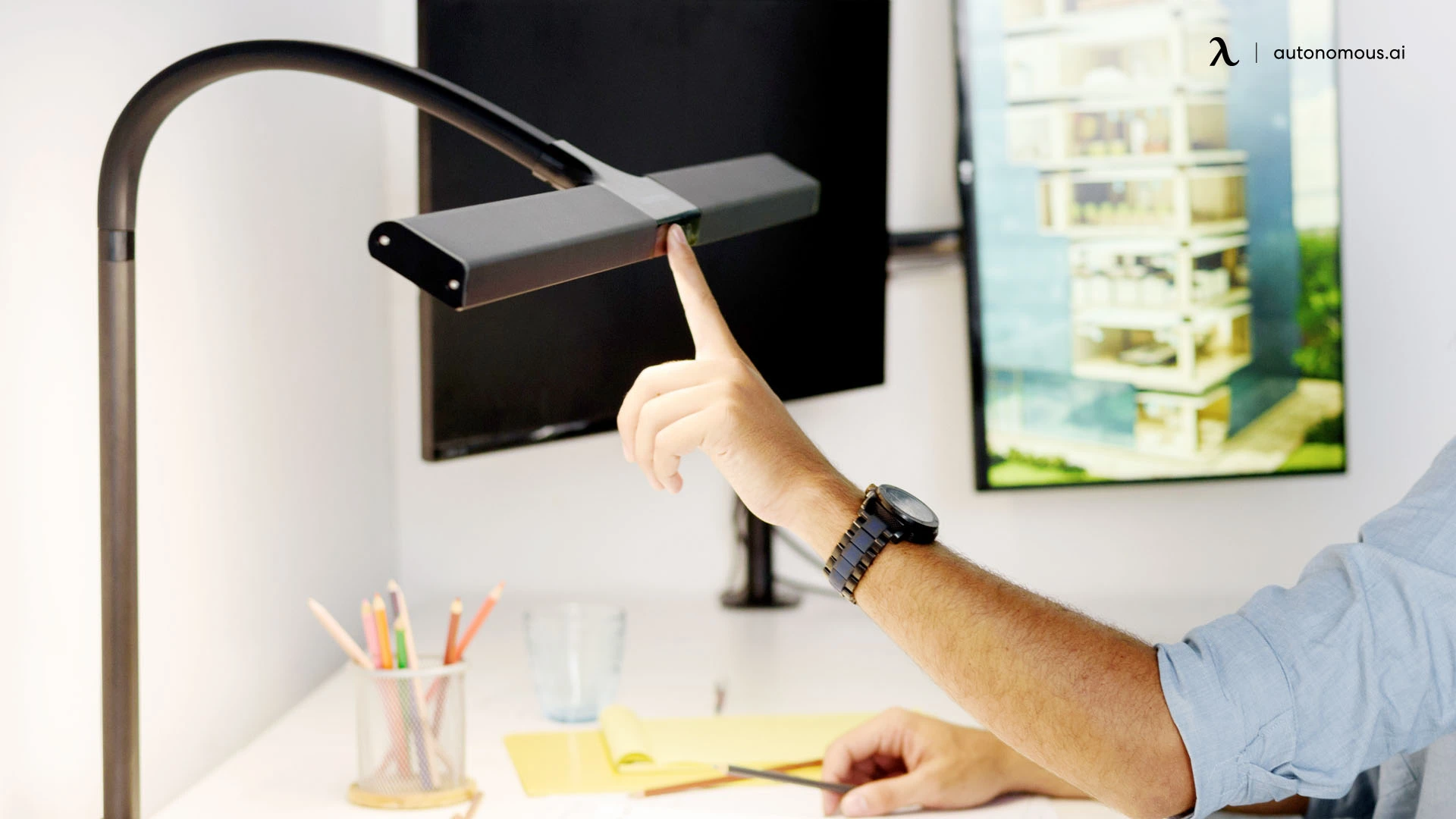
3. Overhead Lighting vs. Lamps: Which One is Better?
The best choice depends on the type of work being done and the office setup. Here’s a side-by-side comparison:
| Aspect | Overhead Lighting | Lamps |
|---|---|---|
| Coverage | Brightens the entire room evenly, ensuring no dark corners. | Provides targeted lighting for specific areas, making it ideal for focused tasks. |
| Eye Health | Can cause glare, eye strain, and discomfort, especially with fluorescent lights. | Softer, directional light helps reduce glare and fatigue, especially for screen work. |
| Flexibility | Fixed in position and brightness; not customizable for individual needs. | Adjustable angles and brightness allow for personalized comfort and better task lighting. |
| Energy Use | LED overhead lights are highly efficient and long-lasting. | Energy efficiency depends on the type of bulb used (LED lamps are the best choice). |
| Aesthetic Appeal | Creates a uniform, professional look that suits traditional office settings. | Adds warmth, style, and personality to a workspace. |
| Best For | Shared office spaces, conference rooms, and general workplace illumination. | Individual workstations, reading areas, and task-specific lighting. |
While overhead lighting provides consistent illumination across an entire workspace, it lacks the adjustability and warmth that task lighting offers. Conversely, relying only on desk lamps might not be practical in larger offices where ambient lighting is necessary.
For the best lighting balance, layering both overhead lighting and lamps creates a workspace that is functional, comfortable, and easy on the eyes.
4. Best Practices for Office Lighting
Rather than choosing one option over the other, layering both overhead lighting and lamps creates a balanced and effective lighting setup. A well-thought-out lighting plan reduces eye strain, improves focus, and enhances the overall office ambiance. Here’s how to do it:
- Use Overhead Lighting for General Illumination
Overhead lighting ensures even brightness across the room, preventing dark spots and reducing strain on the eyes.
LED panels or recessed lights are ideal for uniform illumination without excessive glare.
Choosing the right color temperature makes a big difference—warm white vs. soft white bulbs create a cozy atmosphere, while soft white vs. daylight helps determine which works best for an office setting.
- Add Desk Lamps for Task Lighting
A dimmable LED desk lamp allows for adjustable brightness, making it easier to work on different tasks throughout the day.
Position the lamp opposite your dominant hand to avoid shadows while writing or typing.
If you prefer softer, eye-friendly lighting, consider soft lamps that provide a gentle glow without harsh brightness.
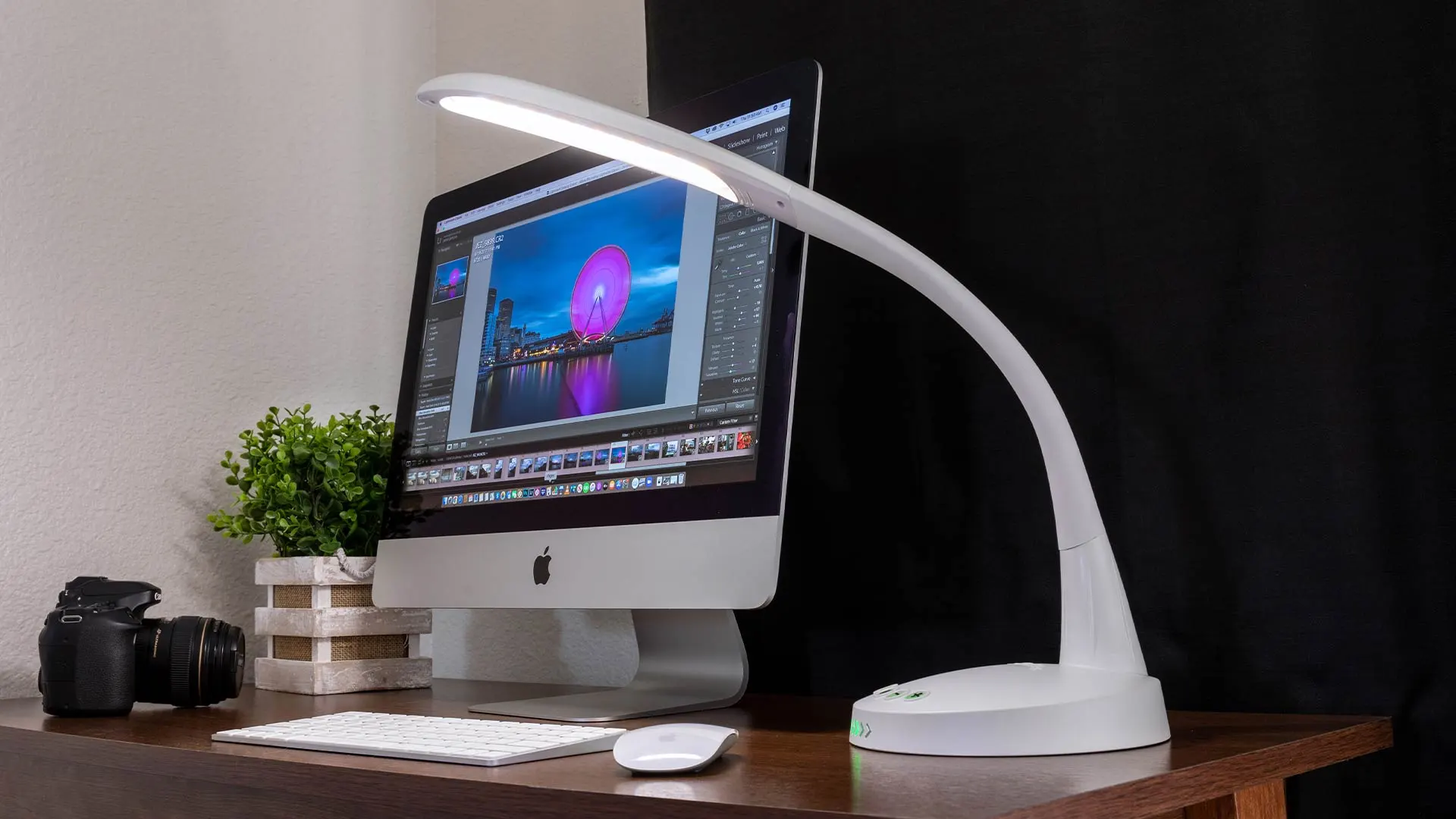
- Reduce Glare and Reflections
Glare from lights or screens can cause eye strain and discomfort, so it's essential to minimize reflections.
Anti-glare screens on monitors help reduce screen reflections, making it easier on the eyes.
Adjust lamp angles to prevent direct light from hitting your monitor.
If you're wondering which color light is good for the eyes, check out this guide on the best lighting for vision to find the most comfortable options.
- Choose Smart or Dimmable Lighting
Lighting needs change throughout the day, so adjustable brightness and color temperature can help maintain eye comfort and focus.
Smart bulbs allow you to control brightness and warmth with ease.
Warmer tones in the evening help transition from work mode to relaxation, reducing blue light exposure before bedtime.
- Maximize Natural Light
Natural light has been shown to boost productivity, improve mood, and reduce reliance on artificial lighting.
Position desks near windows to take full advantage of daylight.
Use light-filtering curtains to control brightness without eliminating natural light.
If you're setting up a workspace, consider exploring office design ideas for small businesses to create a functional and well-lit environment. For a more contemporary look, modern office interior design offers inspiration on integrating sleek lighting solutions with a stylish layout. To make sure your office setup includes all the essential elements, use this office design checklist as a guide for optimizing both lighting and workspace efficiency.
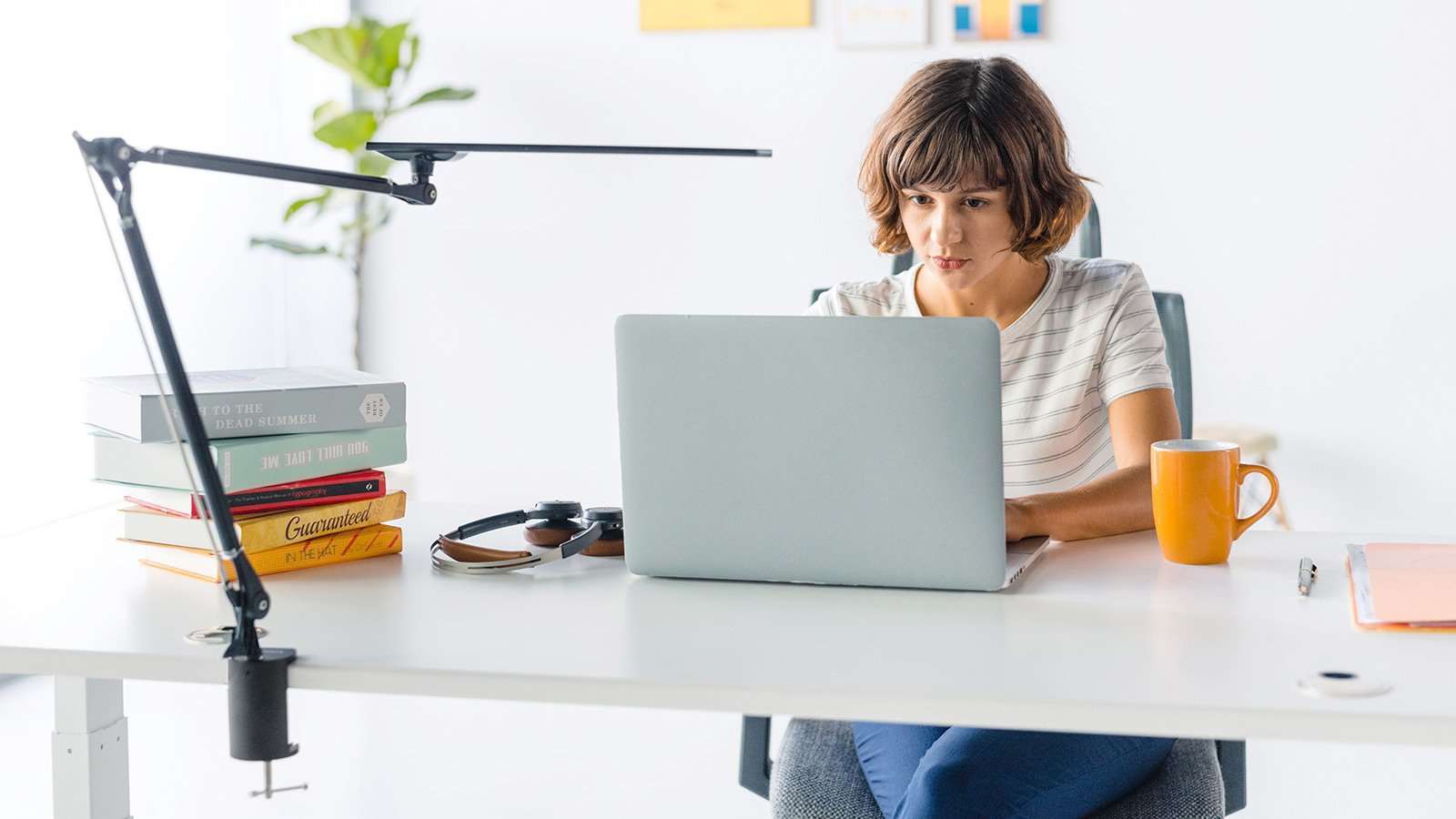
5. FAQs About Office Lighting
Why is overhead lighting considered bad?
Overhead lighting isn’t inherently bad, but certain types—especially fluorescent lights—can cause glare, eye strain, and discomfort. Harsh, bright overhead lights can create uneven illumination, leading to shadows and reflections that make it harder to focus. Additionally, fixed brightness and positioning mean employees can’t adjust the lighting to their personal needs, which may contribute to headaches or fatigue.
Solution: Using LED overhead lighting with adjustable brightness and combining it with task lighting (such as desk lamps) helps create a more comfortable and productive workspace.
Does a lamp or ceiling light use more electricity?
It depends on the type of bulbs used. In general:
- Traditional ceiling lights (fluorescent or incandescent) tend to consume more electricity because they are designed to illuminate an entire room.
- LED ceiling panels are energy-efficient and consume less power than older lighting types.
- Lamps with LED bulbs are also efficient, but they illuminate a smaller area, meaning multiple lamps may be needed for sufficient lighting.
Which is better for energy savings?
If you’re lighting a large workspace, energy-efficient LED ceiling lights may be the better option. However, for small home offices or individual workstations, a single LED desk lamp may be sufficient and more cost-effective.
Is it better to use lamps or ceiling lights?
The best choice depends on the workspace layout and lighting needs:
- Ceiling lights provide general illumination, making them ideal for shared offices, conference rooms, and coworking spaces.
- Lamps provide personalized, adjustable lighting, making them better for individual desks and focused tasks.
- A combination of both is often the best approach—ceiling lights for ambient brightness and lamps for task-specific lighting.
If eye comfort, flexibility, and adjustability are priorities, using a desk lamp alongside ceiling lighting is the ideal solution.
Is overhead lighting enough for an office?
Not always. While overhead lighting provides general illumination, it can be too harsh or not direct enough for specific tasks. Combining it with lamps creates a more adaptable setup.
What is the best type of light for reducing eye strain?
LED lamps with adjustable brightness and warm white or daylight settings help reduce eye strain. Avoid fluorescent lighting, as it can cause flickering and headaches.
How do I know if my office lighting is too bright or too dim?
If you experience frequent eye fatigue, headaches, or glare on your screen, your lighting may be too harsh. If you struggle to see small details, your lighting may be too dim.
Are smart lighting systems worth it for an office?
Yes, smart lighting allows for dimming, scheduling, and color temperature adjustments, helping to create a more comfortable work environment.
What’s the best desk lamp for an office?
A dimmable LED desk lamp with adjustable positioning is ideal for task lighting, as it reduces glare and allows for personalized brightness levels.
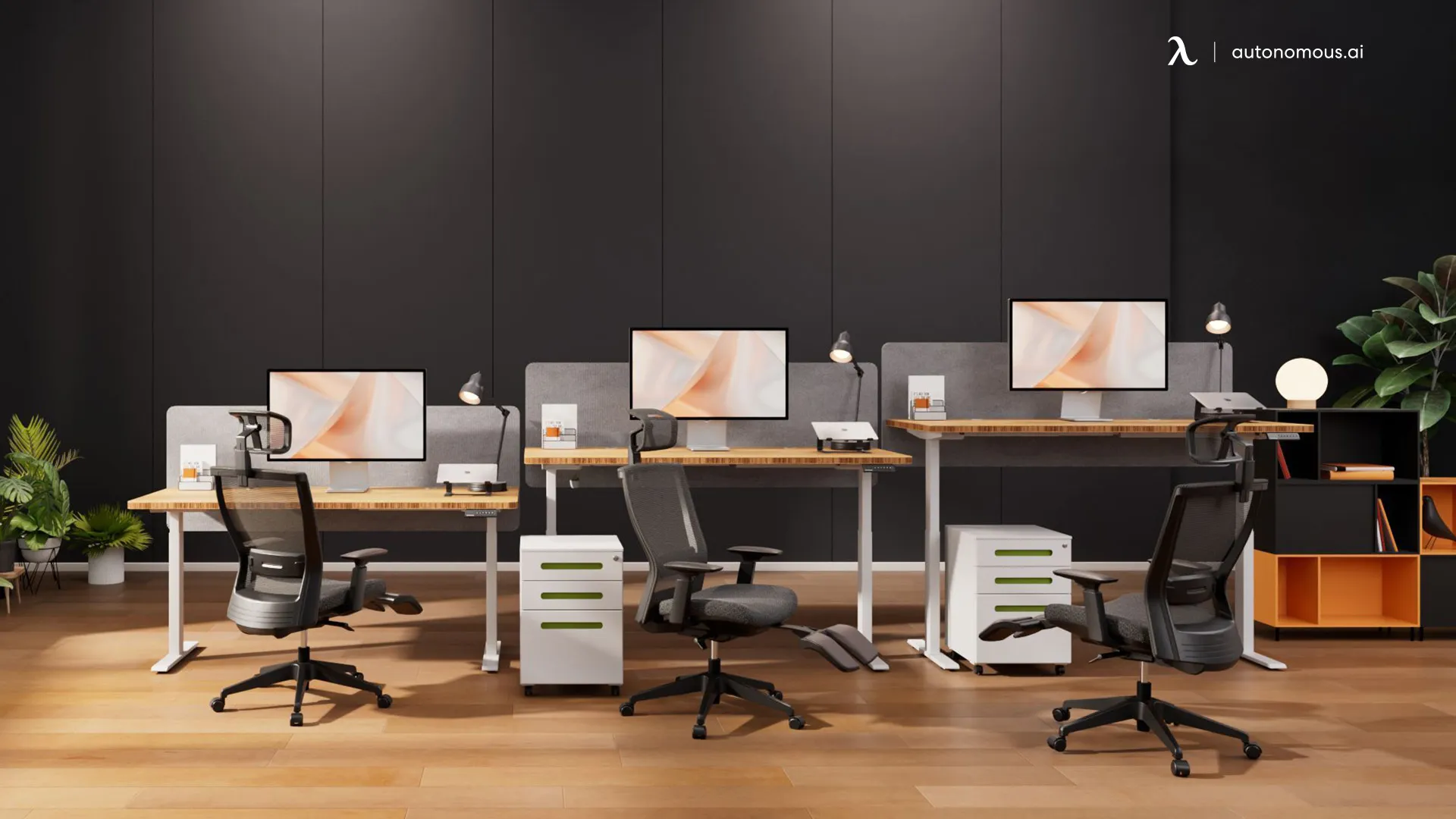
6. Conclusion
Both overhead lighting and lamps have their advantages and drawbacks. Overhead lighting provides broad illumination, making it ideal for shared spaces, but it can be harsh and inflexible. Lamps offer more control, reducing glare and creating a comfortable work environment, but they may not provide enough brightness alone.
For the best results, combining overhead lighting for general illumination with lamps for focused task lighting creates a well-balanced office setup. This layered approach helps reduce eye strain, improves productivity, and enhances overall workspace comfort.
When designing your office lighting, consider factors like brightness levels, energy efficiency, and adjustability to create an environment that supports both focus and well-being.

.svg)
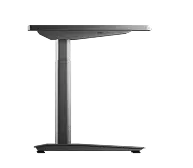
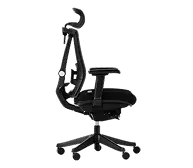
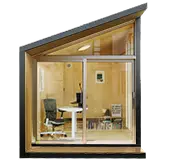

/https://storage.googleapis.com/s3-autonomous-upgrade-3/static/upload/images/customer/image-0_1649230118.jpg)

/https://storage.googleapis.com/s3-autonomous-upgrade-3/production/ecm/240423/artwork-2024-04-23T143528.251(1).png)
/https://storage.googleapis.com/s3-autonomous-upgrade-3/production/ecm/240426/LHP-3004-BK_lifestyle.jpg)
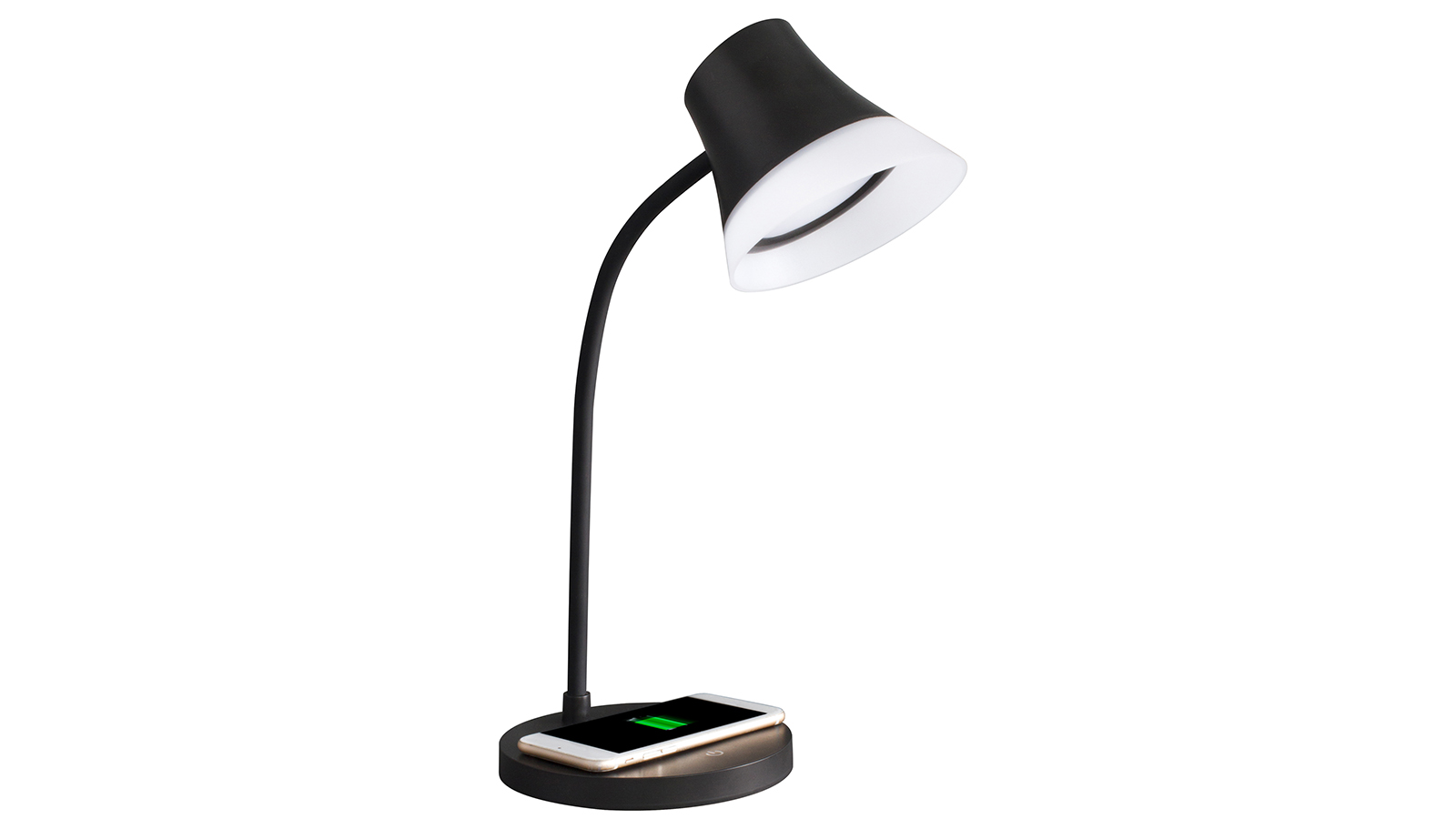
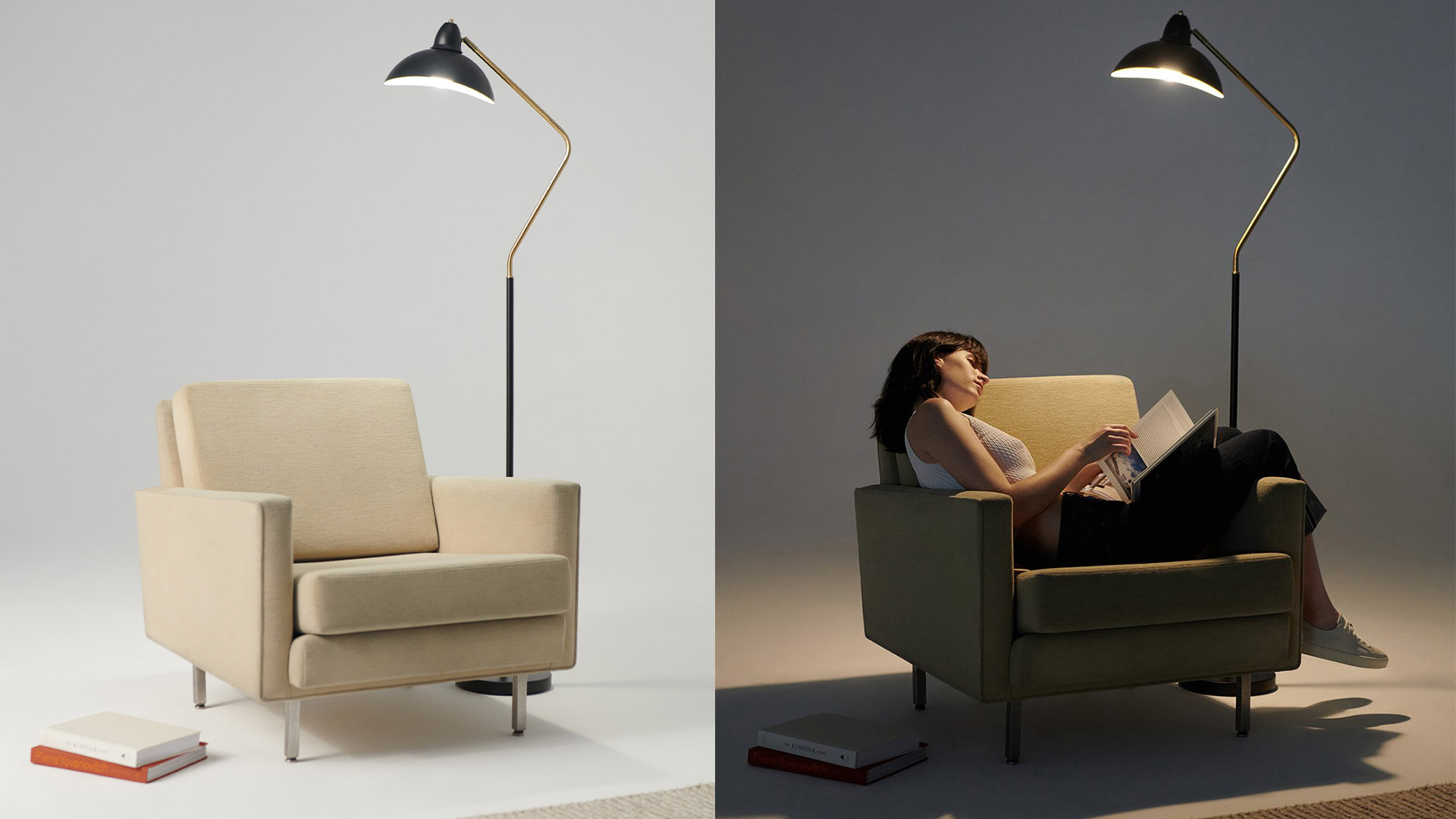
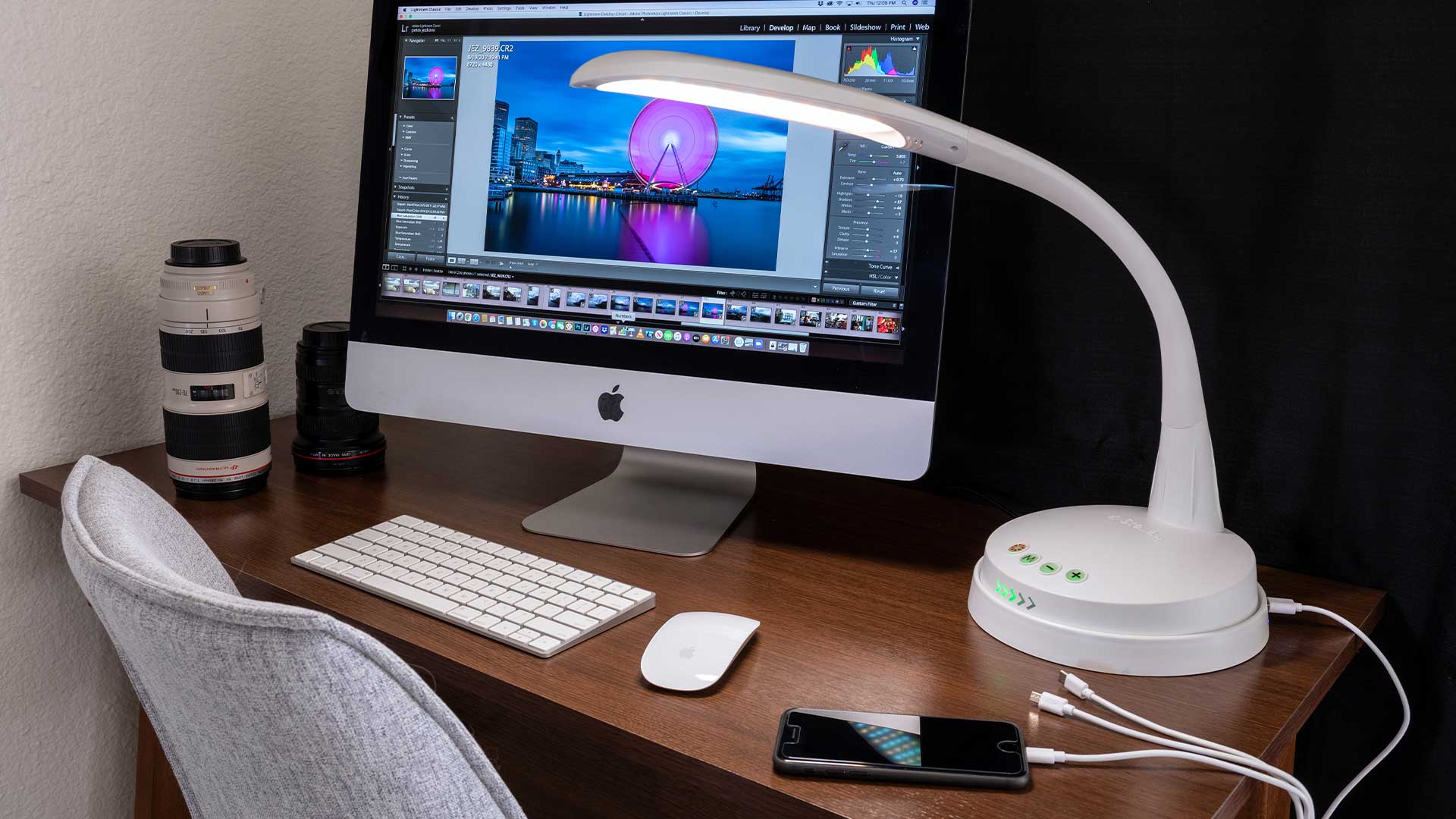
.jpg)

